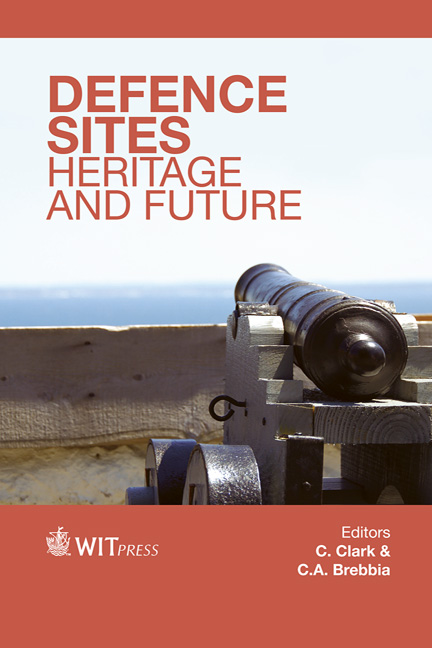Concealment Or Spectacularisation: Analysing The Heritagisation Process Of Old Prisons
Price
Free (open access)
Transaction
Volume
123
Pages
12
Page Range
231 - 242
Published
2012
Size
687 kb
Paper DOI
10.2495/DSHF120191
Copyright
WIT Press
Author(s)
G. Swensen
Abstract
There are histories and personal narratives that will never reach the public – either because they represent difficult memories or because they are of a character that society finds necessary to conceal. This paper will discuss aspects of the heritagisation process of old prison buildings taking place in Norway today. As part of major reforms in the legal system, decisions were made by the young national state in 1857 to build a network of district prisons throughout the country. They were designed in a functional, but partially symbolic form, signalising hierarchy and political power, and many of the buildings that were erected in the following years were based on drawings from some of Norway’s most recognised architects. Gradually, the old prisons are now being replaced by new buildings. In the process of filling empty monumental buildings with new functions, new stories are created. The paper investigates closer the effects these changes of functions have had and asks: Are the old prisons remembered primarily as architectural monuments of power and justice, as monuments of social history that include painful personal stories, or do the arguments used by heritage management try to combine various perspectives? The study combines several qualitative methods; in field observations, informal interviews with central actors, and supplementary literature and archive studies. The discussion will be made in view of the processes of re-conceptualisation taking place as part of the position the cultural industries have gained as a new target area in urban municipal policies, as well as discussing the processes of selection in the heritagisation process. Keywords: memory sites, dissonant heritage, prison architecture, buildings of power, urban transformation, heritage tourism, cultural industries.
Keywords
memory sites, dissonant heritage, prison architecture, buildings of power, urban transformation, heritage tourism, cultural industries.





